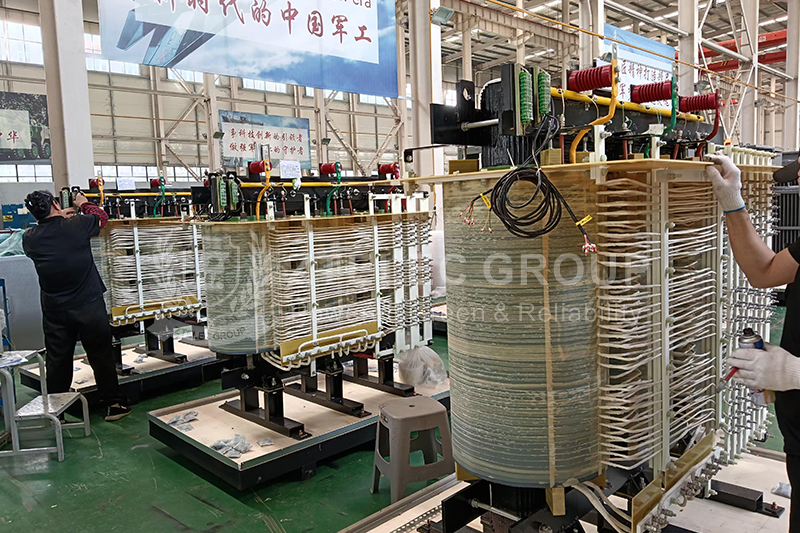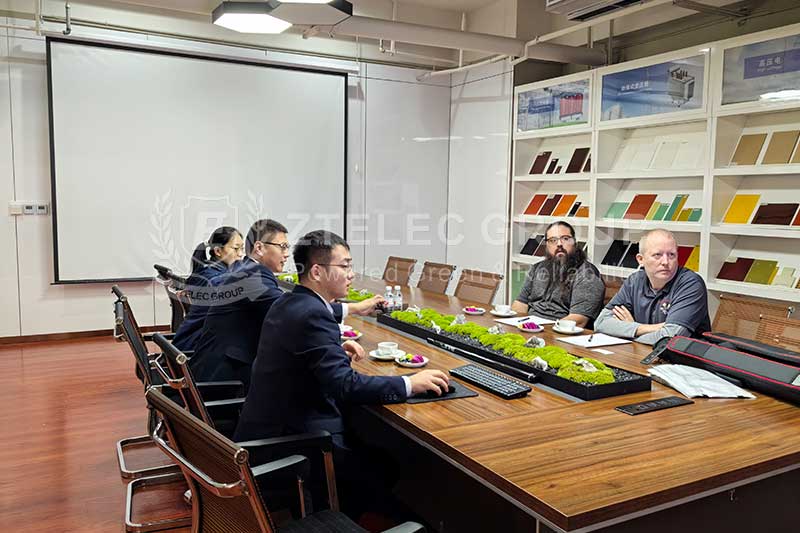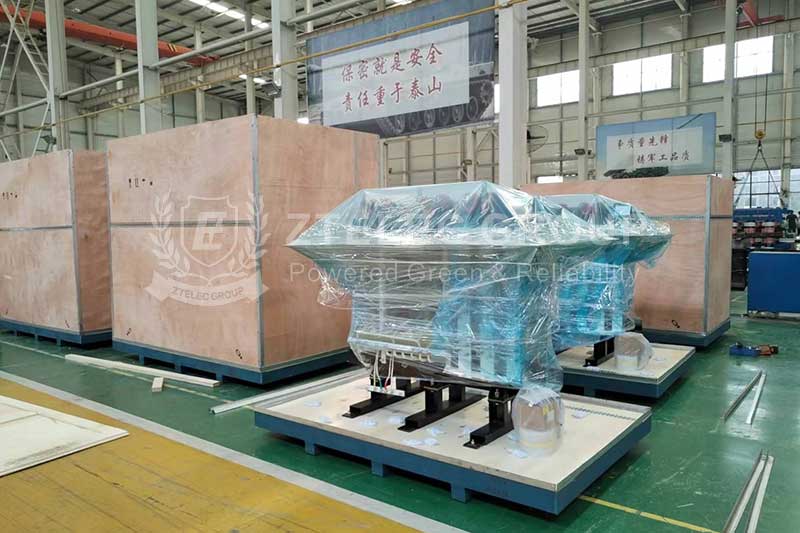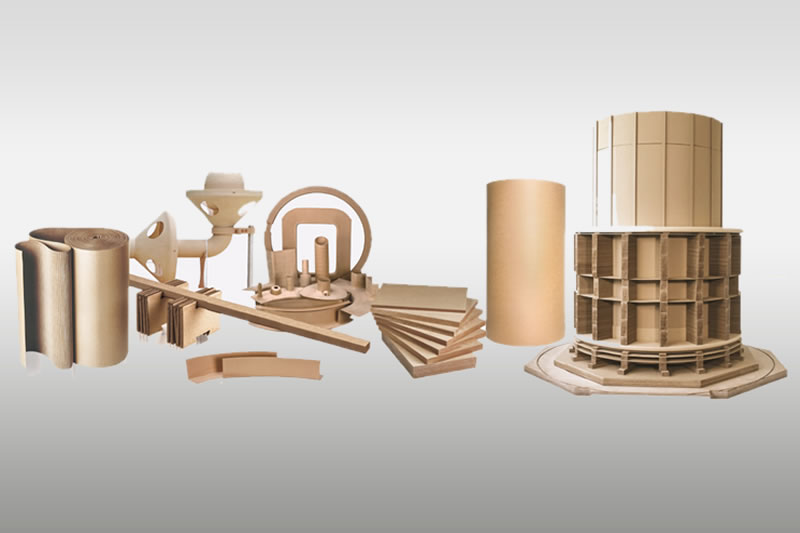Guide to Selecting the Dimensions of High and Low Voltage Transformers
High- and low-voltage transformers, as essential components in power systems, are extensively utilized in power transmission and distribution. Selecting the appropriate transformer involves not only parameters such as capacity and voltage but also necessitates careful consideration of its physical dimensions. In environments with limited space or specific installation conditions, choosing the correct dimensions is crucial for ensuring proper installation and long-term stable operation.
This article examines how to choose the appropriate dimensions for high and low voltage transformers, considering factors such as capacity, voltage levels, cooling methods, installation space, and manufacturer standards.
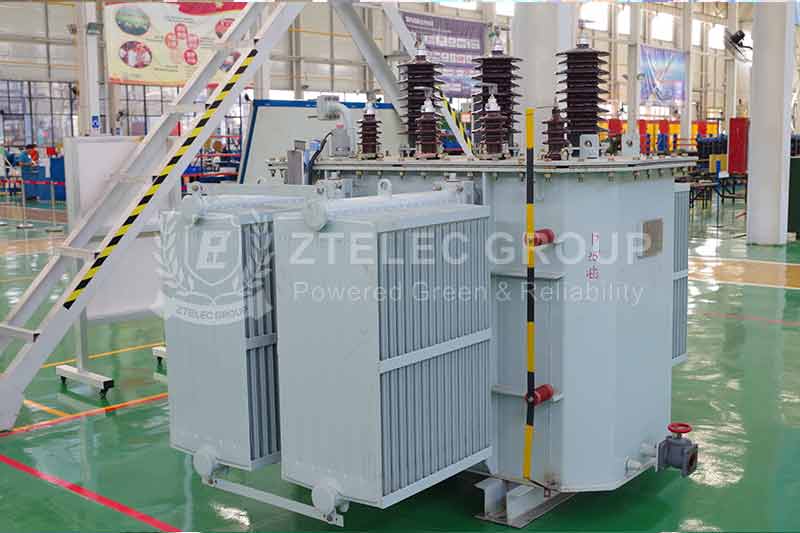
1. The Impact of Transformer Capacity on Dimensions:
1.1 The Relationship Between Capacity and Size
Transformer capacity is the primary factor in determining its dimensions. The larger the capacity, the bigger the core and windings must be to accommodate the increased current, resulting in a larger overall size. For instance, a small 10 kVA transformer may be relatively compact, whereas a larger 1000 kVA transformer necessitates a significantly larger structure to house the core, windings, and cooling systems.
1.2 The Relationship Between Capacity and Heat Loss
As transformer capacity increases, power losses also rise, resulting in greater cooling and heat dissipation requirements. Larger transformers typically require more cooling equipment, such as radiators and fans, which directly impact the overall dimensions.
2. The Impact of Voltage Levels on Dimensions:
2.1 High-Voltage and Low-Voltage Sides
A transformer's voltage rating comprises high voltage (HV) and low voltage (LV) sides. The higher the voltage on the HV side, the stricter the insulation requirements between the windings and the core. This necessitates more space for the windings, which increases the overall size of the transformer. Conversely, the LV side has lower insulation requirements; however, it must accommodate higher currents, which necessitates the use of larger conductors for the windings. This, too, affects the transformer's structure and dimensions.
2.2 Selection of Insulation Materials
The selection of insulation materials depends on the voltage level. High-voltage transformers necessitate thicker insulation and more intricate winding structures, which result in larger physical dimensions. Consequently, voltage levels must be thoroughly considered when determining the size of the transformer.
3. The Impact of Cooling Methods on Dimensions:
Oil-immersed transformers are commonly utilized for high-capacity applications and tend to have larger dimensions due to the necessity of an oil tank and radiators for cooling. These transformers are cooled using transformer oil, and the size of the tank and radiators directly influences the overall physical dimensions. As a result, oil-immersed transformers are generally bulkier and require more installation space.
Dry-type transformers are cooled by air or specialized resin, eliminating the need for oil tanks or radiators, which makes them more compact. However, dry-type transformers have a limited cooling capacity, and larger models may require additional fans or cooling devices, potentially increasing their dimensions.
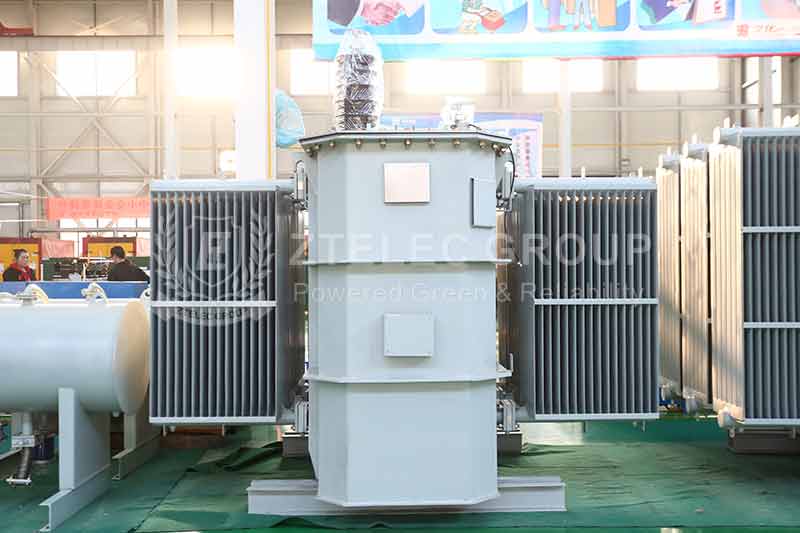
4. Installation Site Requirements:
4.1 Indoor Installations
For indoor environments, the size of the transformer is limited by the available installation space. In these situations, compact designs are preferred to optimize space utilization. Dry-type transformers are often selected for indoor applications due to their smaller dimensions and reduced noise levels.
4.2 Outdoor Installations
Outdoor installations encounter fewer space constraints; however, external factors such as waterproofing, dust protection, and wind resistance must be taken into account. Outdoor transformers may require additional protective enclosures or housings, which can increase their overall dimensions.
4.3 Special Installation Requirements
In specialized environments, such as mining sites or chemical plants, transformers may require higher levels of protection, including explosion-proof or corrosion-resistant designs. These specifications may necessitate additional protective casings or unique designs, which can further impact the physical dimensions of the transformers.
5. Manufacturer Standards and Custom Designs:
Different manufacturers may offer transformers with varying designs and dimensions, even though their functionality remains consistent. Typically, manufacturers provide standard-sized transformers tailored for specific applications, and these dimensions can usually be found in technical manuals. If standard-sized transformers do not meet particular needs, some manufacturers offer customized designs to fulfill specific requirements.
When selecting a transformer, users should refer to the manufacturer's technical documentation to understand the dimensions of various models and choose the product that best meets their specific requirements.
6. Considerations for Transportation and Installation
Transformer dimensions impact not only installation but also transportation and unloading. Larger transformers may necessitate specialized vehicles and lifting equipment for transport, and in some instances, they may need to be disassembled for transport and reassembled on-site. Consequently, when selecting a transformer, it is essential to consider transportation and installation requirements to ensure that the equipment can be delivered and installed efficiently.
Conclusion:
Selecting the dimensions of high- and low-voltage transformers necessitates a thorough consideration of capacity, voltage levels, cooling methods, installation space, and manufacturer standards. Typically, larger transformers with higher capacities, increased cooling requirements, and elevated voltage levels will have larger dimensions. Additionally, constraints related to installation space and specific protection requirements can significantly influence the overall size.
In practice, users should clearly define their needs, consult manufacturer technical manuals, or seek advice from professional engineers to ensure that the selected transformer meets both electrical requirements and installation conditions. This will help guarantee safe and efficient power transmission and distribution.
- more+releated article
- 2026-01-04Common Power Transformer Faults: Causes, Solut
- 2025-12-312026 New Year Holiday Notice
- 2025-12-31Operation, Maintenance, and Service Life Manag
- 2025-12-30How to Select a 100 kVA–500 kVA Distribution
- 2025-12-29The Impact of NHN NMN Composite Insulation on
- 2025-12-26Practical Application of GPO-3 Insulation Boar
- 2025-12-2510kV Transformer Replacement Timeline: Install
- 2025-12-25Low Smoke EN45545 GPO3 UPGM203 Laminated Board
- 2025-12-24Merry Christmas — ZTelecgroup Christmas Cele
- 2025-12-24How to Select a Suitable 50kVA–500kVA Distri

